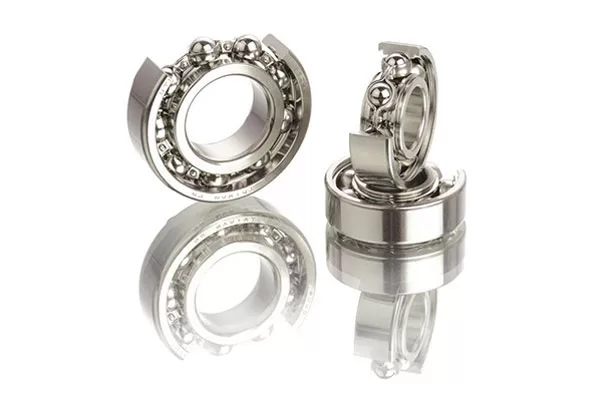Pressure die casting could be a implies of mass-producing low temperature metallic components with a tall degree of precision and repeatability. Not at all like gravity die casting, the method is computerized and the fluid metal or combination is infused beneath tall drive into a solidified steel apparatus. This implies pressure die casting can be performed at a low per unit taken a toll in longer generation runs which before long makes up for higher introductory tooling costs.
The Suitability of Pressure Die Casting:
There is a run of components to require thought when choosing which casting handle is the foremost reason. These can incorporate quality prerequisites such as surface wrap-up, complexity, mechanical properties, and judgment, as well as generation contemplations such as generation rate, lead time, and handle adaptability, and other commercial contemplations. High-pressure die casting is as it were appropriate for low temperature metals such as aluminum and a few copper-based combinations, to deliver littler components in large volumes. Due to the mechanized nature of the method, the generation lead times in comparison to other casting forms are low, although beginning tooling lead times can be marginally longer. Due to the moderately tall introductory tooling costs and potential challenges related to adjusting computerized solidified tooling, as it were steady plans with higher volume prerequisites ought to be considered for pressure casting.

Auto die casting parts
Advantages of Pressure Die Casting:
Components delivered by pressure die casting are known for their remarkable dimensional precision and smooth surface wrap-up. Dividers can be cast with thicknesses underneath 3mm, and surface unpleasantness underneath 1.5 Ra, which too diminishes auxiliary machining costs. Due to the mechanized nature of the method, there’s less plan adaptability than with the gravity prepare. Since the metal or combination is infused beneath tall weight – for the most part over 10,000psi – the shape is filled quickly, and hardening comes about in components with tall weariness quality and a fine grain structure. Infusing the metal beneath weight moreover has the advantage of limiting metal misfortune to spillage and speeding up production times. The metal kicks the bucket utilized got to be more versatile than those utilized in gravity pass on casting, somewhat due to the weights included but primarily due to the potential for much higher throughput.
Requirements for Pressure Die Casting Process:
The pass-on parts, made from solidified steel, are secured to the casting machine, one settled and one on the moving water-powered smash, cleaned and greased up with discharge operator, sometimes recently being closed beneath water-powered constrain. The shape will stay clamped as the fluid metal is infused. Liquid metal is tapped from a characterized source on or near to the machine, frequently by the automated arm, and is infused beneath tall weight into the depression. The metal is permitted to cool and set inside the form to require its shape and frame. The weight is kept up all through the cooling period, the length of which depends on the thermodynamic properties of the metal utilized. The instrument is at that point opened beneath the machine cycle and the portion shot out. A certain sum of constrain is required for discharge, as parts can shrivel and adhere to the shape amid cooling.
The History Pressure Die Casting:
Since of this higher generation prerequisite, the wear, and the related warmth created, the tooling, as a rule, consolidates a water cooling framework and this could cruel the next starting cost. In any case, this investment must be considered against the amplified instrument life, the method repeatability, and the ease with which it can be cleared out to mechanization. Pressure die casting too permits for the casting of magnesium combinations, which are being utilized increasingly within the car fabricating industry.
